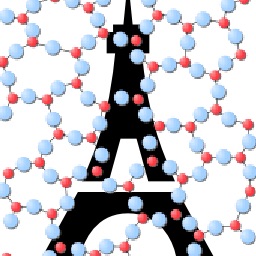Stretched Exponential Relaxation of Glasses at Low Temperature
The question of whether glass continues to relax at low temperature is of fundamental and practical interest. Here, we report a novel atomistic simulation method allowing us to directly access the long-term dynamics of glass relaxation at room temperature. We find that the potential energy relaxation follows a stretched exponential decay, with a stretching exponent β=3/5, as predicted by Phillips’s diffusion-trap model. Interestingly, volume relaxation is also found. However, it is not correlated to the energy relaxation, but it is rather a manifestation of the mixed alkali effect.
